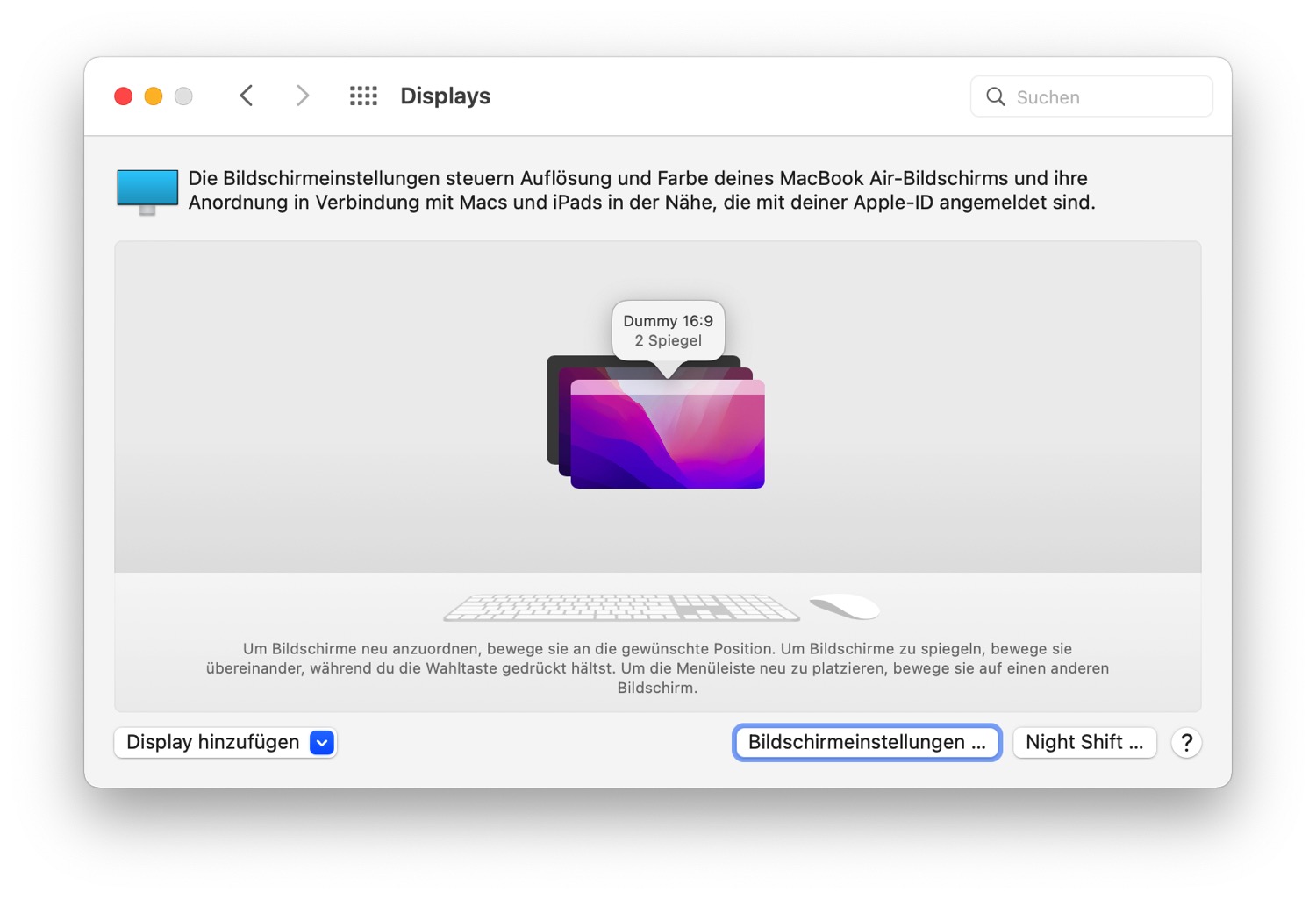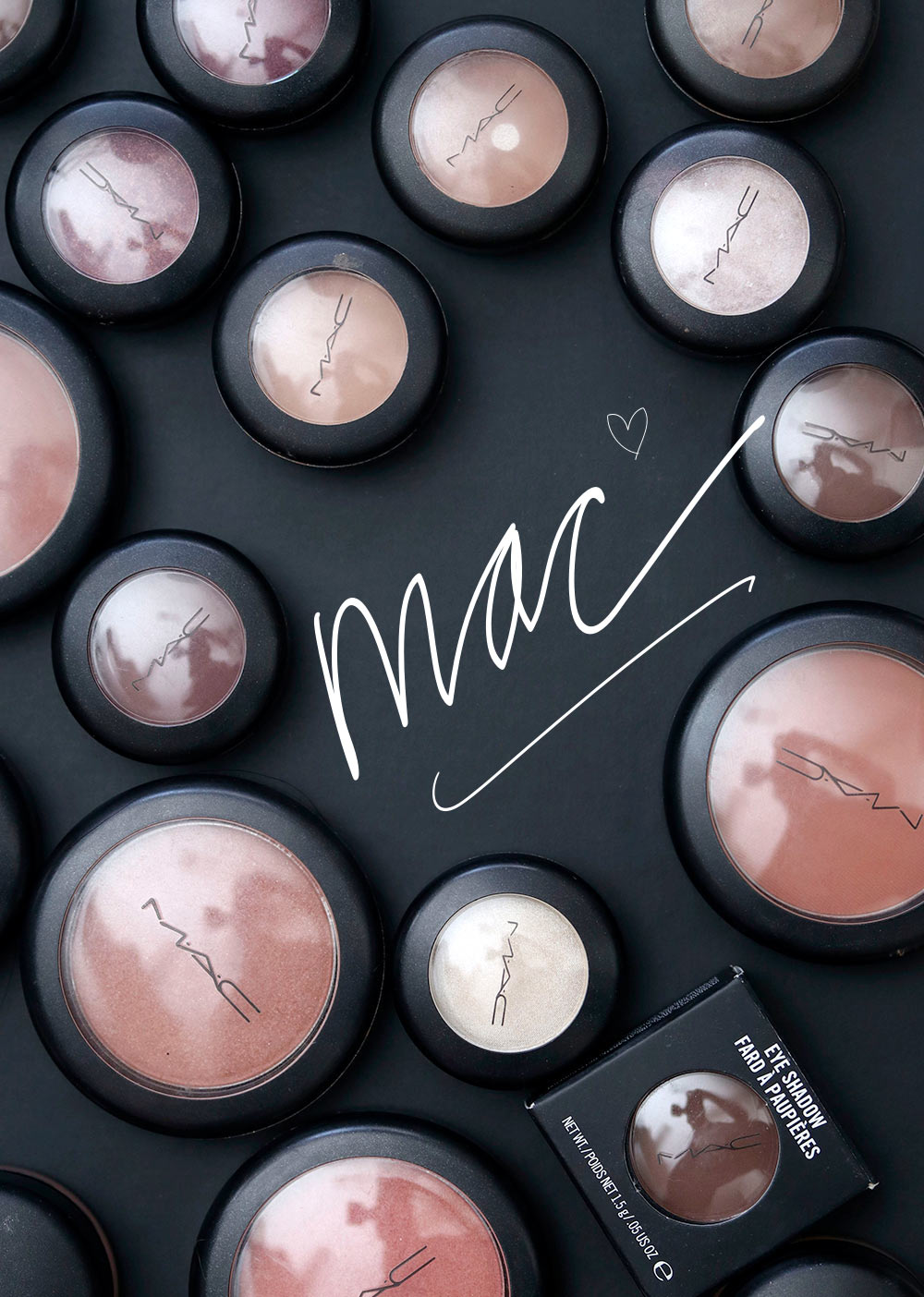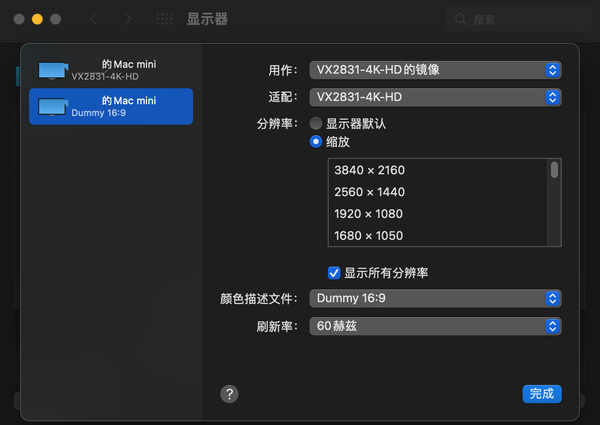
On those external displays that don’t support 218 ppi, even those with stunning 5K 5120 x 2160 resolution, the image may still appear blurry or difficult to read particularly on ultra-wide displays such as the 5K LG UltraFine monitor. The only non Apple monitor that can support 218 ppi is the 27 inch LG UltraFine which is by far the best alternative to the Apple Studio Display.
BETTERDUMMY MAC PRO
The reason why the image on external monitors connected to MacBooks sometimes looks so bad is basically because external displays can’t support the Retina high pixel density mode (HiDPI) of a Mac which is 218 pixels per inch (ppi).Īpple’s own Apple Pro Display XDR (which supports a stunning 6K and 1600 nits of brightness) and Apple Studio Display can support HiDPI but they don’t come cheap at $5,000 and $1,599 respectively. The result is text and web page elements that look either too small or blurry magnified images on your external display. On many non Apple displays with 1080p, 1440p, 4K and 5K resolutions, Macs do not scale them well. Why External Monitors Look Blurry On M1, M2 & Retina Macs

BETTERDUMMY MAC HOW TO

Why External Monitors Look Blurry On M1, M2 & Retina Macs.What To Look For In The Best Monitors For Macs.Best Alternatives To The Apple Studio Display.This is why we strongly recommend only buying an external display for an M1 or M2 Mac that supports 4K or more such as one of these external displays: This is a particular problem on cheaper QHD monitors with resolutions of less than 4K especially 1440p which cannot reproduce the retina quality display of the MacBook Pro and MacBook Air. Other problems Mac owners have struggled with include flickering, color problems, blurry fonts, garbled images and lag on external displays. Many MacBook Pro, MacBook Air, Mac Mini and Mac Studio owners have found that text and icons can appear tiny, blurry or fuzzy when connected to external monitors that support 4K and 5K resolutions. There are various issues that can affect Mac users with external monitors but one of the most common is terrible image quality when connected to M1 and M2 Macs although Intel Mac users have also had problems. If you’ve bought one of the many alternatives to the Apple Studio Display or a 5K display for a Mac then you may be experiencing a range of resolution issues with external displays connected to your Mac. For example, if after disabling font smoothing you want to return to the default setting, replace the "0" at the end of the command with a "2.If you’ve bought an external display for your Mac Studio, MacBook Pro or Mac Mini and found that the resolution and scaling is poor or the picture is blurry including on M1/M2 Macs, macOS Sonoma, Ventura and Monterey, here are some tips on how to fix it. The "0" disables font smoothing, while "1" enables light font smoothing, "2" enables default medium smoothing, and "3" enables strong smoothing. Note that you can adjust the level of smoothing more granually by changing the number at the end of this command. Restart your Mac for the changes to take effect.At the command prompt, type the following: defaults -currentHost write -g AppleFontSmoothing -int 0.

Launch the Terminal app on your Mac from the /Applications/Utilities folder.Fortunately, however, there is another way to re-instate it. Unfortunately for some, upgrading to Big Sur removes this option from the preferences pane and re-enables font smoothing. This article shows you how to disable it with a simple Terminal command.īefore macOS 11 Big Sur came along, Apple offered the ability to disable font smoothing in the General tab of System Preferences. If you recently installed macOS Big Sur and you're wondering why the text looks blurry on your display, it could be because font smoothing is enabled by default.


 0 kommentar(er)
0 kommentar(er)
